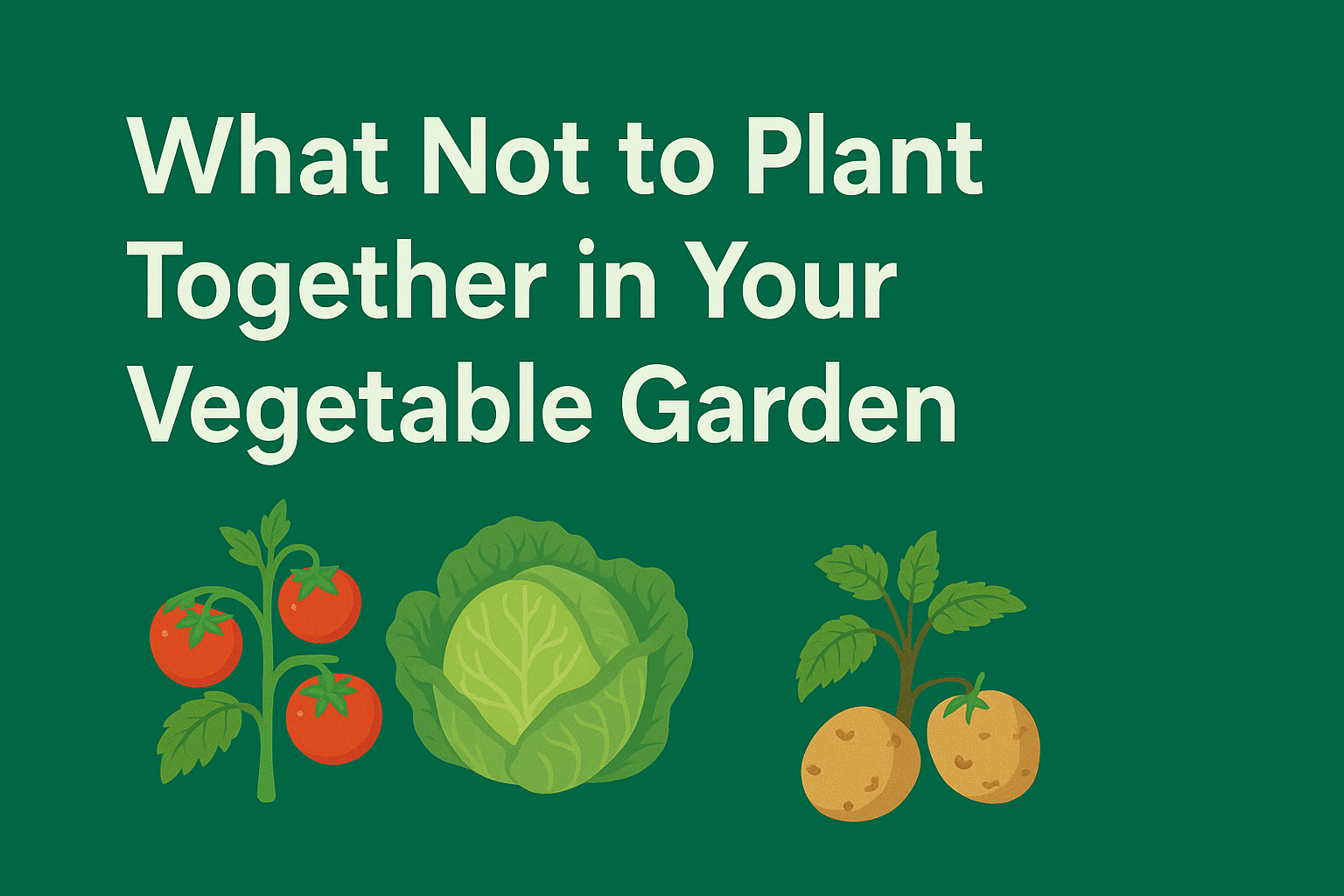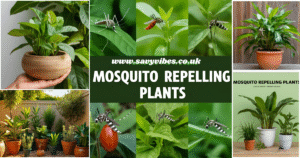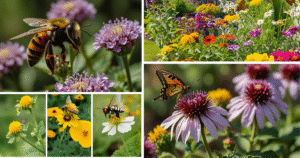Discover what not to plant together in your vegetable garden to avoid poor growth, pests, and low yields. Learn companion planting mistakes to grow healthier veggies.
A Story from My Garden That Changed Everything
Last spring, I excitedly planted tomatoes and cabbage side by side. I thought, “They’re both leafy, so they must get along.” A few weeks in, I noticed the tomatoes looking dull and weak. It turns out that I had unknowingly committed a classic gardening mistake. My tomato plant suffered because cabbage repels the beneficial soil bacteria tomatoes need. That season taught me a valuable lesson about what not to plant together in your vegetable garden—a lesson I wish someone had shared earlier.
In this blog, I’ll walk you through common planting pairings to avoid, why they don’t work, and what to do instead. Let’s save your harvest before it’s too late!
1. Tomatoes and Cabbage Should Never Be Neighbors
These two crops compete for soil nutrients and don’t benefit each other.
Why avoid this pairing?
. Cabbage family members exude compounds that slow tomato growth.
. They both attract pests like cabbage loopers and aphids.
. Tomatoes prefer rich, fungal-dominant soil, which cabbage disrupts.
Better alternatives:
. Plant basil or marigolds with tomatoes.
. Grow cabbage near dill or mint to keep pests at bay.
Tip: Keep tomatoes at least 2 feet away from any brassica family plant.
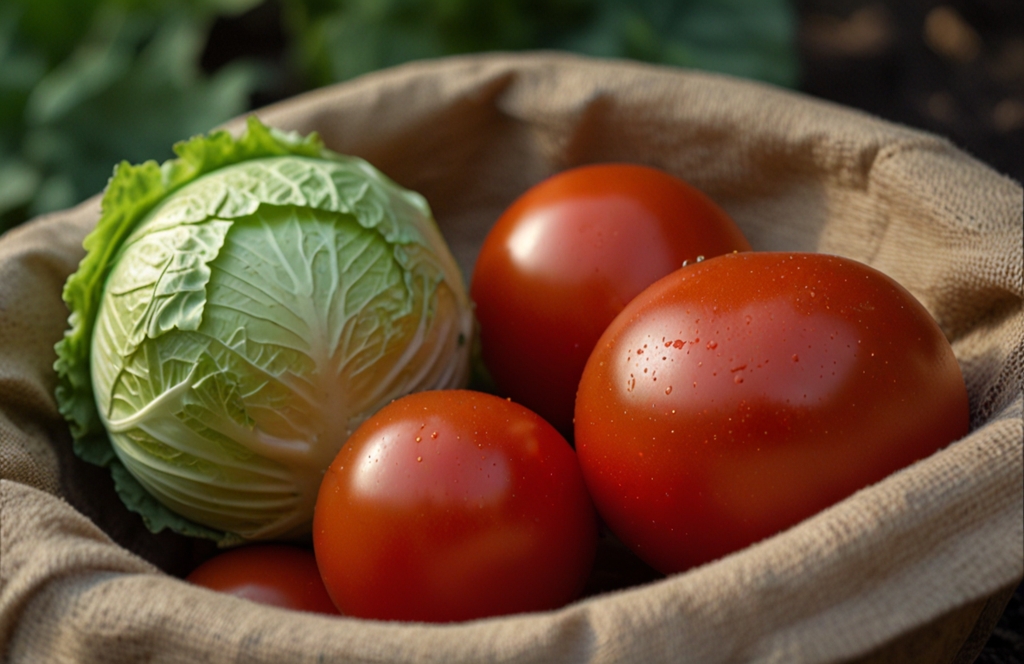
2. Beans and Onions Will Always Clash
Legumes like beans enrich the soil, while onions suppress growth.
Why avoid this pairing?
. Onion roots release compounds that inhibit bean root development.
. Beans prefer neutral companions that don’t produce strong enzymes.
Avoid planting together:
Beans with garlic, leeks, shallots, and chives.
Tip: Instead, pair beans with corn or cucumbers for better nitrogen use.
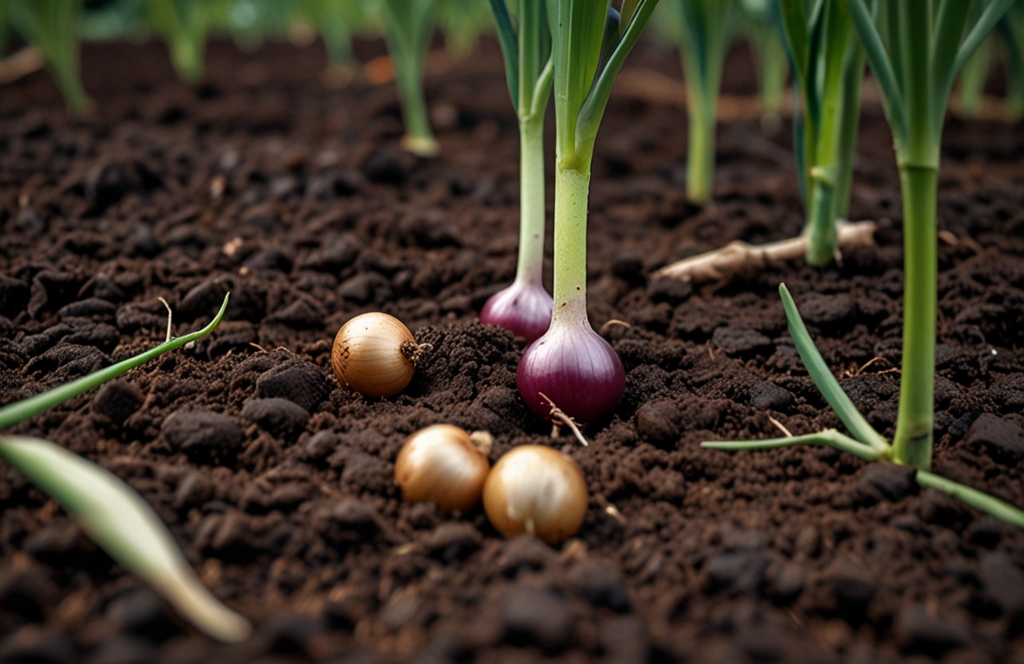
3. Potatoes and Tomatoes Invite Disaster Together
Though they seem like a good match, they share the same diseases.
Why avoid this pairing?
. Both attract blight, wilt, and nematodes.
. They compete for water and nutrients.
. Better companions for potatoes:
. Horseradish, bush beans, or thyme.
Tip: Rotate these crops yearly to prevent soil-borne pathogens.
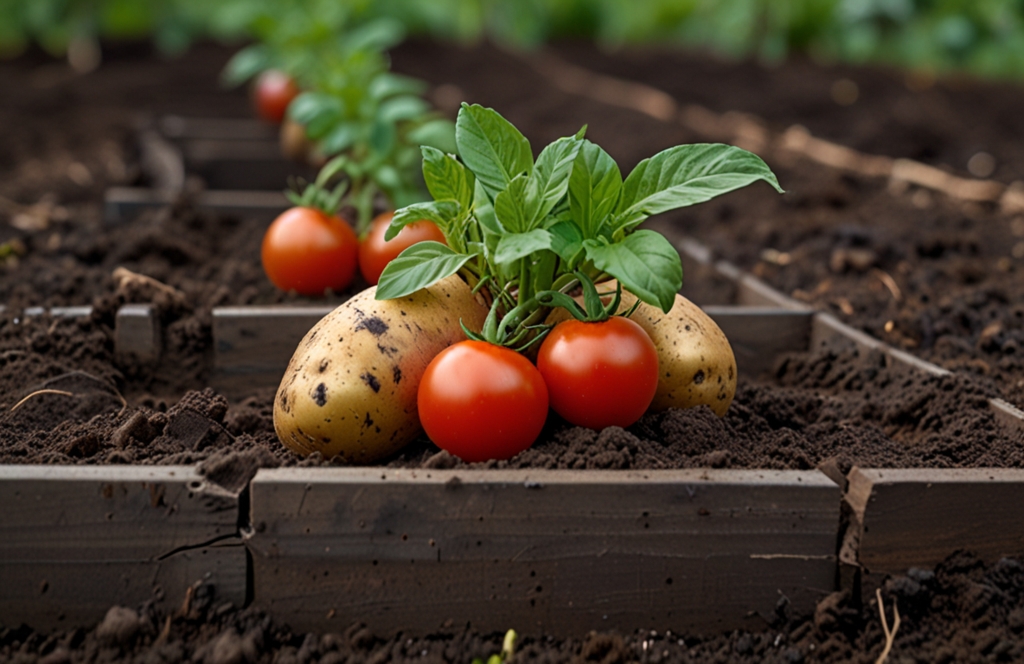
4. Carrots and Dill Don’t Belong Side by Side
They might look similar, but they compete heavily underground.
Why avoid this pairing?
. Dill stunts carrot root development.
. It attracts carrot flies and spider mites.
What to plant with carrots instead:
Chives, lettuce, or radishes support carrot growth.
Tip: Keep the dill at least one bed away from your carrot rows.

5. Corn and Tomatoes Are Not Compatible
They’re both heavy feeders and attract the same pests.
Why avoid this pairing?
. Attract corn earworms and tomato fruit worms.
. Both require high nitrogen, depleting the soil fast.
Better partners:
. Corn with pole beans or squash.
. Tomatoes with basil or parsley.
Tip: Plant tomatoes away from corn to avoid pest buildup.
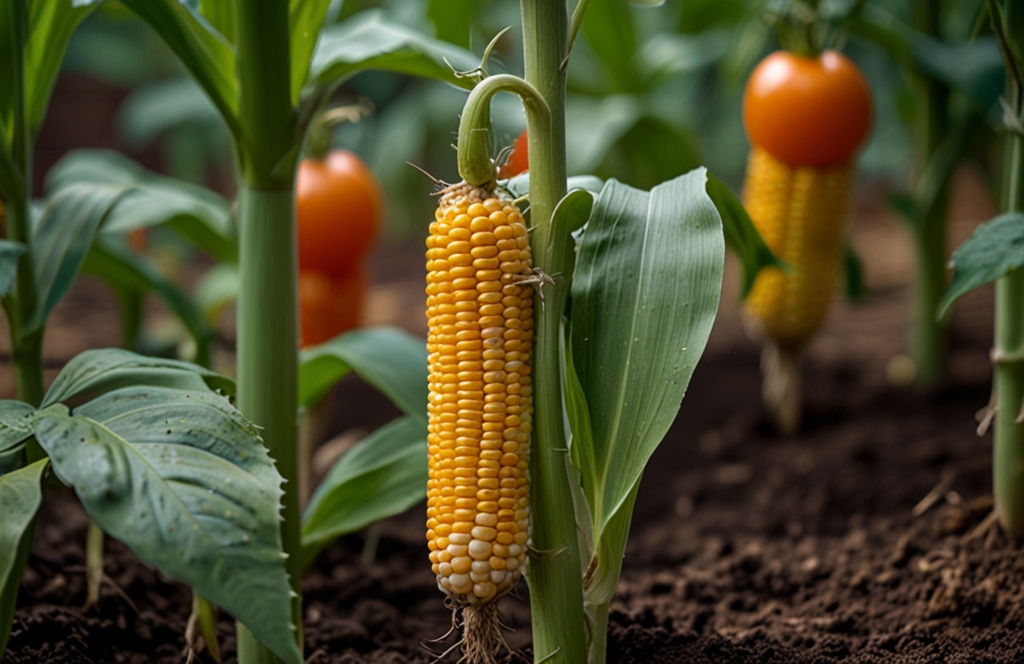
6. Cucumbers and Potatoes Will Compete, Not Cooperate
Both love rich soil but don’t share well.
Why avoid this pairing?
. Cucumbers spread widely and can smother potato vines.
. Both attract blight and root nematodes.
Companions to try instead:
. Plant cucumbers with beans or sunflowers.
. Potatoes love yarrow or chamomile.
Tip: Use trellises for cucumbers to save space and avoid crowding.

7. Peas and Onions Should Be Planted Separately
Their chemical makeup causes mutual stress.
Why avoid this pairing?
. Onions release sulfur compounds that inhibit pea sprouting.
. Peas can’t fix nitrogen properly around onion roots.
Choose these instead:
. Peas with carrots or radishes.
. Onions with lettuce or beets.
Tip: Create crop zones to separate legumes from alliums.
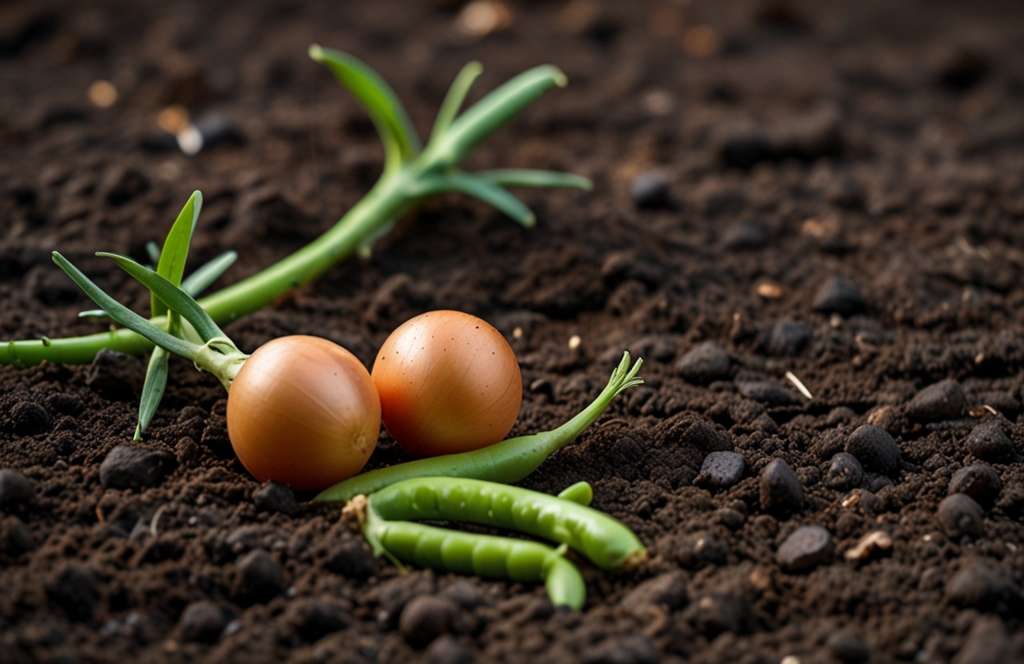
8. Fennel Should Be Kept Far from Most Vegetables
Fennel is allelopathic—it inhibits growth in nearly all plants.
Why avoid fennel with others?
. Releases compounds that slow or halt root development.
. Attracts aphids and whiteflies that damage other crops.
Where to plant fennel:
In a dedicated corner of your garden.
Tip: Use fennel as a pest trap far from edible beds.
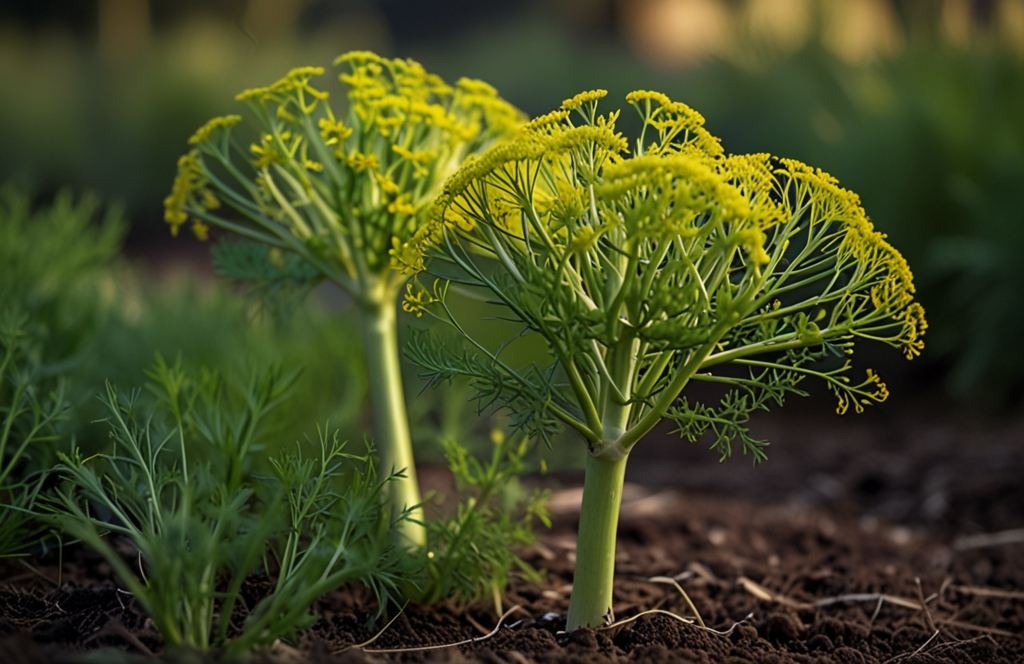
9. Broccoli and Strawberries Compete Aggressively
Both need high nutrition and moisture, but don’t share well.
Why avoid this pairing?
. Broccoli’s root systems emit toxins that strawberries hate.
. Strawberries spread low, and broccoli shades them out.
Good partners instead:
. Broccoli with onions or herbs.
. Strawberries with spinach or lettuce.
Tip: Use vertical dividers if space is tight, but avoid mixing rows.
10. Lettuce and Parsley Do Not Mix Well
They may seem harmless, but parsley is deceptively aggressive.
Why avoid this pairing?
. Parsley attracts insects that love nibbling on soft lettuce leaves.
. The two compete heavily for light and surface space.
Healthier alternatives:
. Grow lettuce with carrots or cucumbers.
Parsley fits well with tomatoes or asparagus.
Tip: Use pots for parsley to keep it separate and mobile.
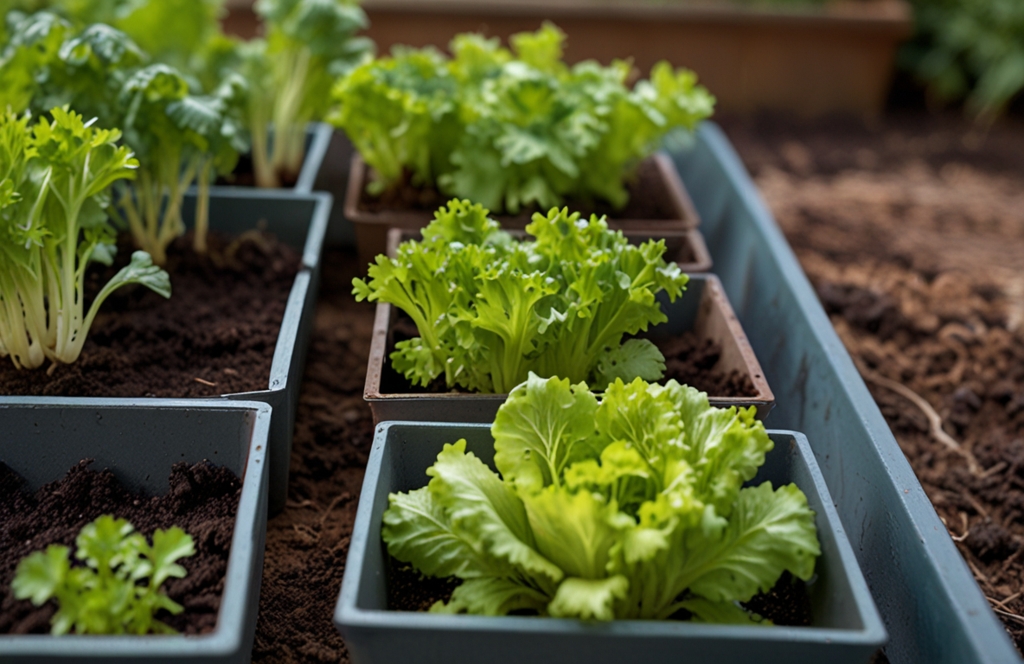
11. Radishes and Hyssop Do Not Get Along
Hyssop is a fragrant herb that disrupts radish root growth.
Why avoid this pairing?
. Competing root scents cause imbalance.
. Hyssop repels beneficial insects that radishes need.
What works instead:
. Radishes with spinach or peas.
. Hyssop with grapes or cabbage.
Tip: Stick to same-growth-rate partners for harmony.
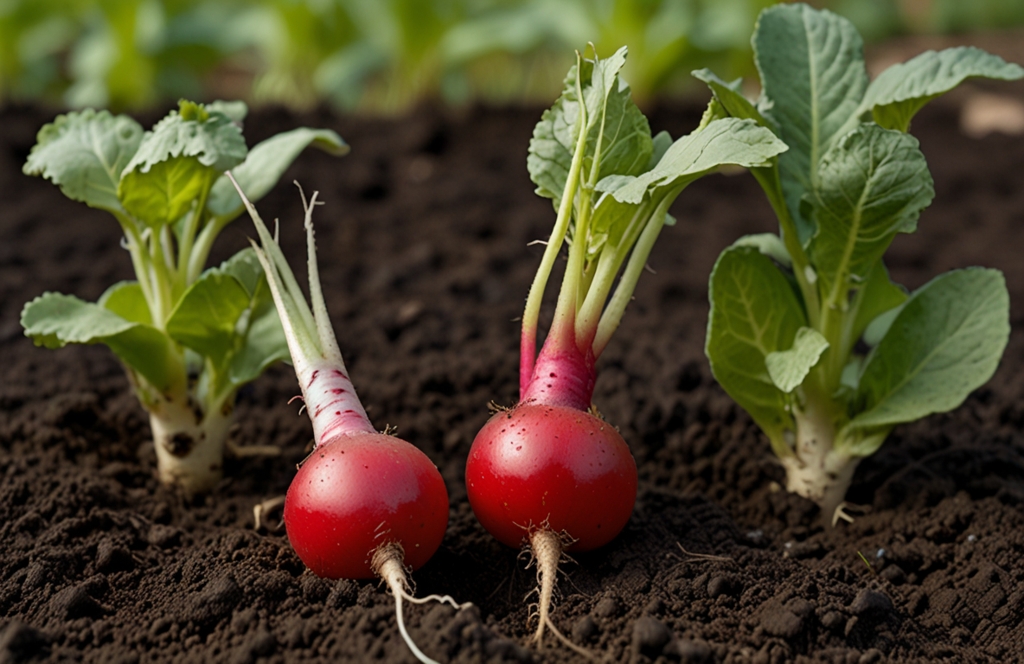
12. Zucchini and Pumpkins Crowd Each Other Out
They belong to the same family and have sprawling growth habits.
Why avoid this pairing?
. Compete for pollinators and nutrients.
. Increased chance of cross-pollination and diseases.
Try these combinations instead:
. Zucchini with nasturtiums or garlic.
. Pumpkins with corn or beans.
Tip: Train vines in opposite directions to avoid space battles.
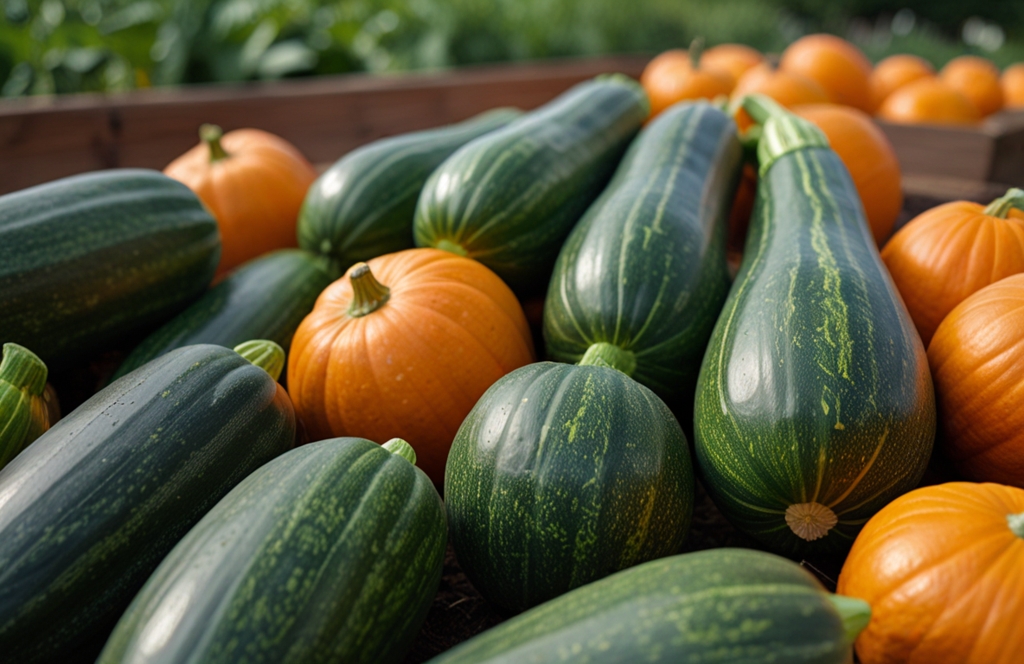
Summary: Garden Harmony Comes from Smart Pairing
Learning what not to plant together in your vegetable garden saves you time, energy, and disappointment. Certain combinations, from tomatoes and cabbage to beans and onions, don’t work well. By avoiding these common mistakes, you can:
. Increase your harvest.
. Prevent pest overload.
. Encourage healthy root development.
. Build natural plant alliances.
Avoid forced planting pairings. Your veggies will reward you with lush growth when the right friends surround them.

